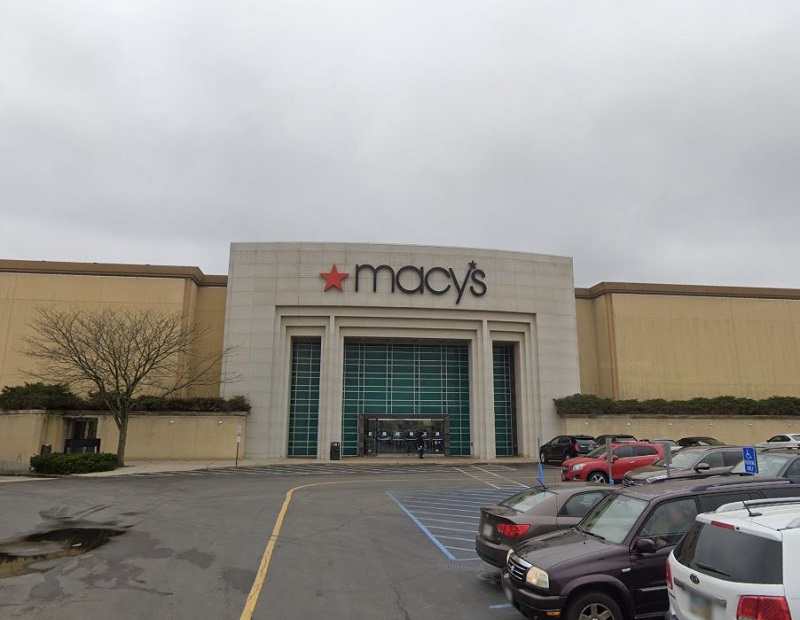Macy’s Store Closings: What You Need to Know
Nearly 30 of the retailer’s 641 locations will shutter following a moderate decline in comparable sales through the holiday season.

Macy’s at Northgate Mall in Cincinnati, one of the locations which will close its doors. Image via Google Street View
Retail giant Macy’s plans to close 28 stores and one Bloomingdale’s location, the company announced Wednesday. Although revenues during the 2019 holiday season exceeded projections made in the third quarter, same-store sales in November and December decreased by 0.6 percent year-over-year.
Macy’s operated a total of 871 stores as of the third quarter. In addition to its 641 namesake locations, the company’s operations include 38 Bloomingdale’s, 171 Bluemercury cosmetic shops and a number of new concept stores. The company’s full retail footprint encompassed 123.6 million square feet, with Macy’s-branded locations representing 92.3 percent of the total.
READ ALSO: Sale-Leaseback Deals Continue to Be Popular With Retailers
Many of the store closings are concentrated in second- and third-tier shopping malls in smaller markets—such as Helena, Mont., and Carbondale, Ill.—as the company turns its attention to its highest-performing locations. Macy’s has renovated 150 of its top department stores during the past two years, with plans to scale these efforts to include another 100 this year. Additionally, the firm is continuing to expand some of its business lines: In 2019, eight Bluemercury and two Bloomingdale’s Outlets stores opened their doors.
Down but not out
The news is only the latest chapter in the national retail market’s woes. On Monday, Pier 1 Import signaled it may shutter up to 450 of its locations, accounting for just shy of half its national footprint. Online retailers continue to dominate in terms of sales revenue growth, leaving many brick-and-mortar chains by the wayside. In the past 12 months, other major retailers announcing major store closings included Sears, Payless ShoeSource and Forever21.
Although national retailers are facing turbulent times, the outlook for real estate investors is perhaps not as grim as closing announcements appear to indicate. Shopping malls, while impacted by major store closings, are increasingly turning to experiential retail such as fitness centers, dine-in movie theaters and e-sports venues to draw in shoppers. As a result, the sector’s vacancy remained flat through the third quarter, according to a report from JLL.
Landlords of second- and third-tier malls face the greatest risk in today’s retail landscape. As department stores disproportionately close their doors in such locations, leasing out vacant space will pose significant challenges to investors and the remaining tenants.







You must be logged in to post a comment.